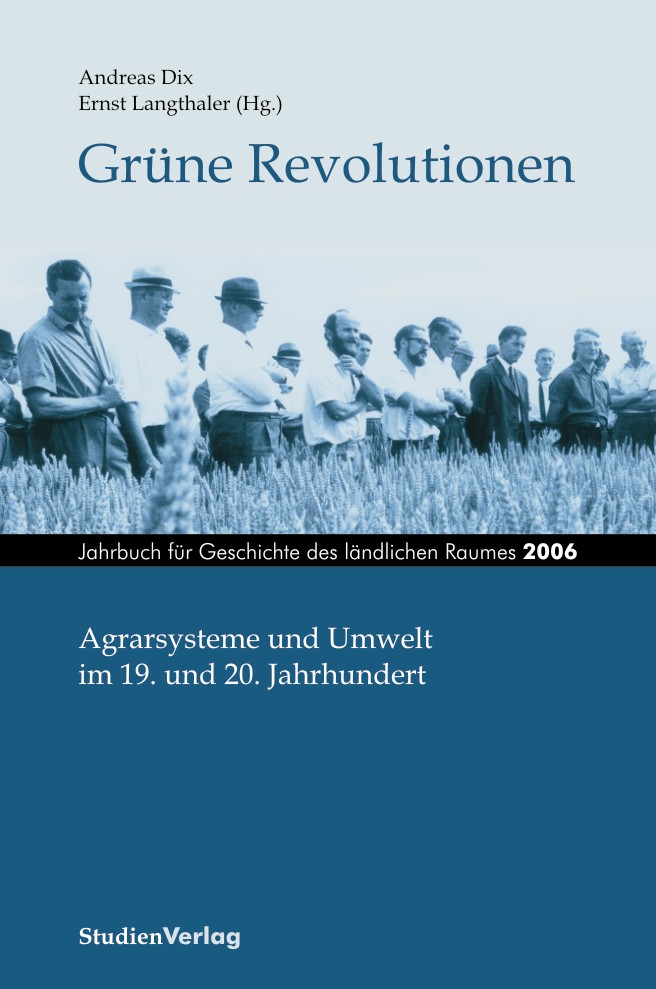Wie aus Züchtern Vermehrer gemacht wurden
Saatzüchtung und Saatgutwesen in der Schweiz im 20. Jahrhundert
DOI:
https://doi.org/10.25365/rhy-2006-4Abstract
Plant breeding in Switzerland in the 20th century can be portioned into three periods: In the first period up to the First World War, when wheat growing was marginalised by cheap grain imports into Switzerland from overseas since the 1870s, the two research and plant breeding institutions worked closely together with the farmer-breeders. Especially Mont-Calme in the French speaking area got actually inspired in their breeding work by local farmer-breeders. In the second period, from the First World War until the 1990s, the state now took a keen interest in and encouraged wheat growing by various measures. The scientific plant breeders in the agricultural colleges took the lead in developing the breading methods and the 1921 largely by civil servants established Swiss Seed-Breed Association became a useful tool for the scientists and the administration. Both, the scientific community as well as the administration, were eager to contribute to the food security of the people by improving the seed quality namely of potatoes and wheat. In this period, the farmer-breeders, however, successfully insisted that they still were, and were also called breeders and not ‘only’ multipliers. In the 1990s the state partially gave up its involvement in the breeding process. Plant breeding now became more and more influenced by big private firms, and the Swiss Seed-Breed Association was transformed into an organisation of ‘seed multipliers’. At the same time, however, some individual farmers were newly trying to revive the breeding activities by beginning the process of selecting plants towards locally adapted sorts.


